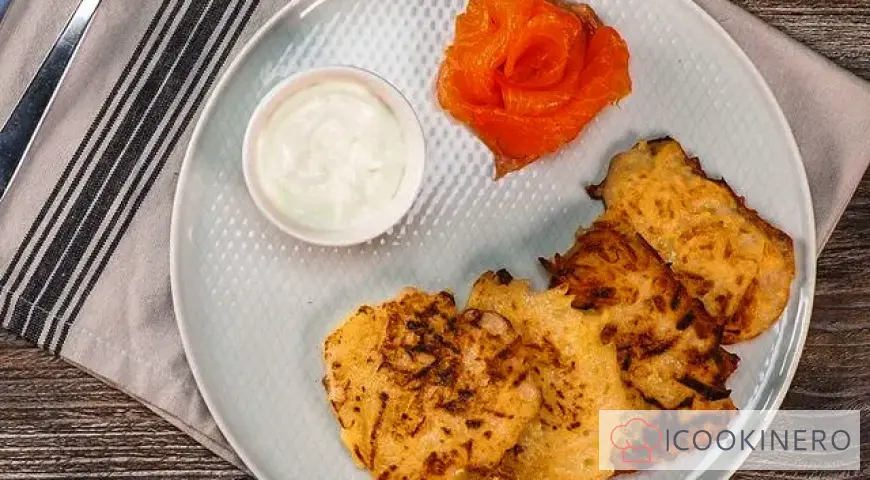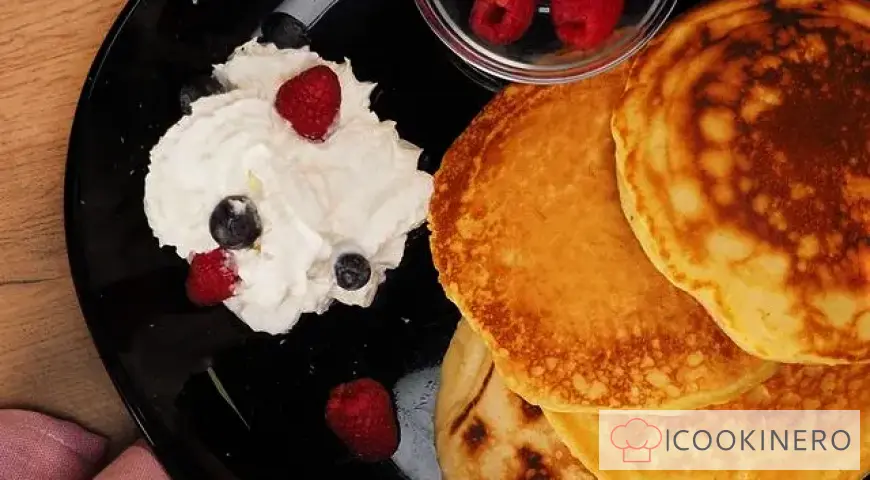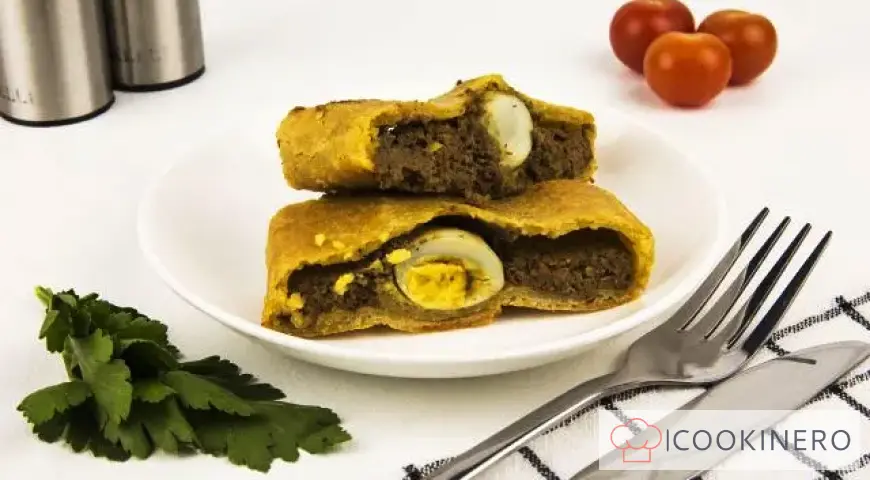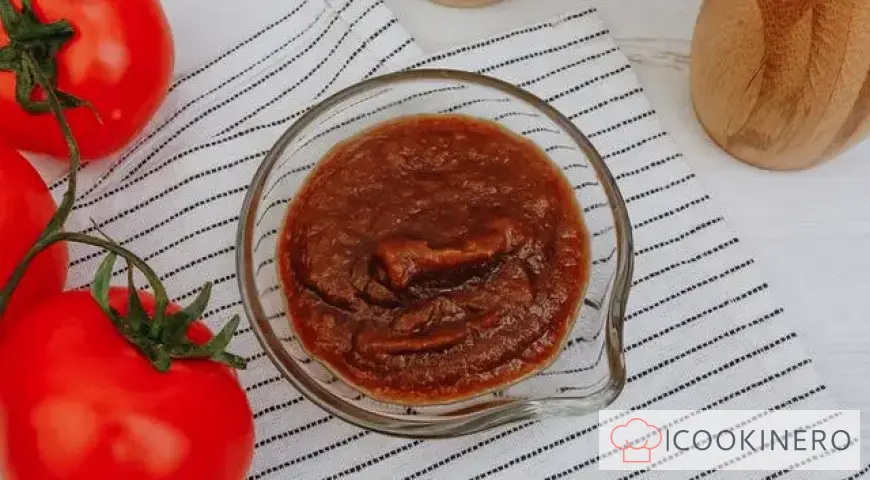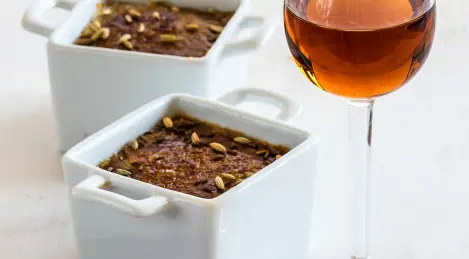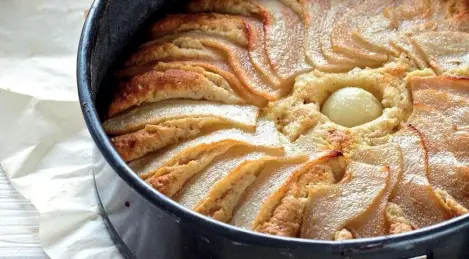Alexandrian Easter cake
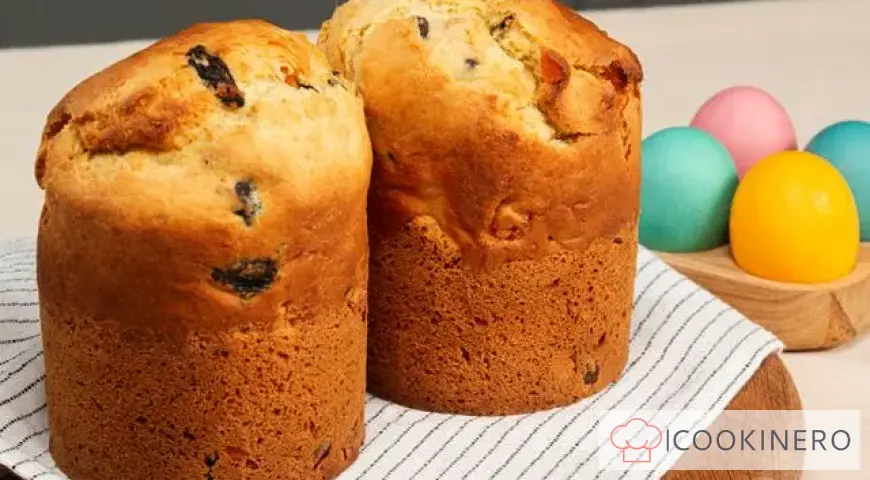
Among all Easter baking, the Alexandrian kulich has a special place. The peculiarity of the Alexandrian dough recipe for kulich is the long soaking of the dough, which is prepared without the use of flour. And baked milk gives the dough a pleasant, slightly creamy shade and a delicate creamy aroma. Following all the details of the step-by-step recipe, you can make the perfect kulich from soft crumbly dough.
How to cook Alexandrian Easter cake
Step 1
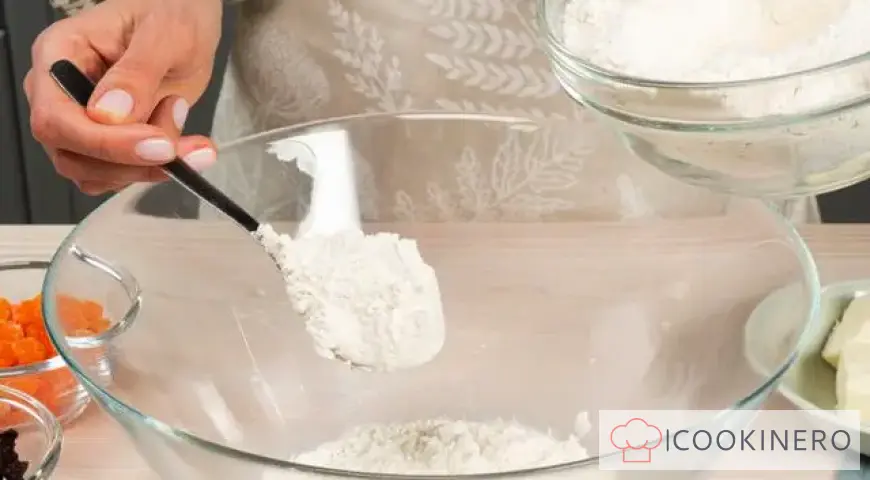
Prepare dried fruits. Pour hot water over raisins for 8-10 minutes. Rinse thoroughly, remove stems and dry. Add 1 tbsp. flour to raisins and candied fruits, mix. This way candied fruits and raisins will not stick together and will be better distributed in the dough.
Step 2

Prepare the egg-sugar mixture. To do this, beat the eggs and yolks with sugar a little until the sugar dissolves. Then add soft butter to the egg-sugar mixture. Mix well with a whisk or mixer at low speed.
Step 3
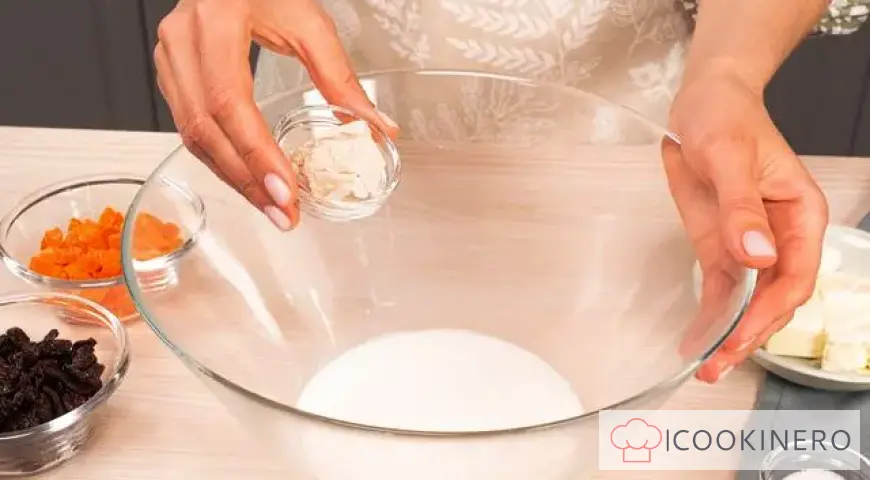
Prepare the yeast. Crumble fresh pressed yeast into a separate container, pour in some warm baked milk and rub well. Add the rest of the warm milk and stir until completely dissolved.
Step 4
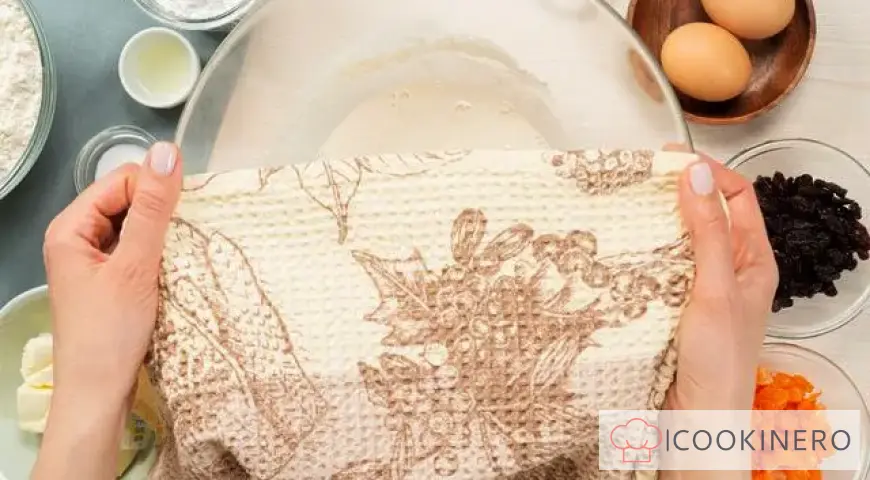
Prepare the dough. Mix the egg mixture and yeast mixture using a whisk or mixer at low speed. Cover the dough with a towel and leave for 8-12 hours at room temperature. The finished dough will have an oily layer on top and lots of bubbles underneath.
Step 5
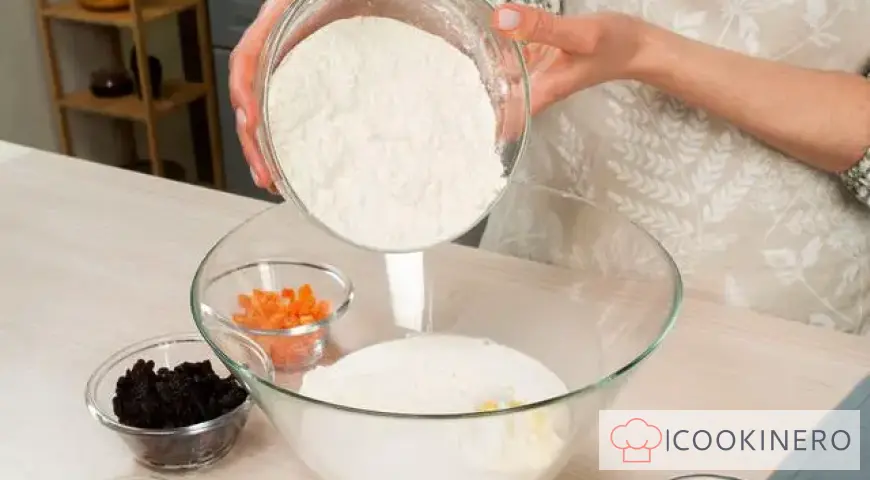
Knead the dough. Mix the sifted flour with salt and vanilla sugar. Then add it to the dough in parts and mix well. To do this, first use a whisk, and then knead the dough with your hands. The dough should be soft, tender and sticky to your hands.
Step 6

Add candied fruits and raisins to the dough. Add candied fruits, raisins and 1 tbsp. cognac to the dough. Continue kneading the dough, it should remain soft and sticky.
Step 7
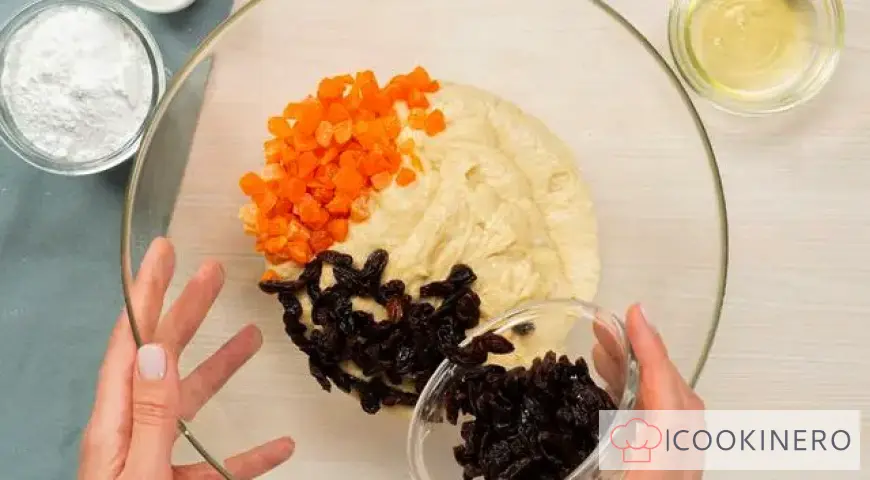
Leave the dough to rise. Grease a deep container with oil and put the dough in it. Cover with a towel and leave in a warm place for 1.5 hours. During this time, the dough will increase in size approximately three times.
Step 8
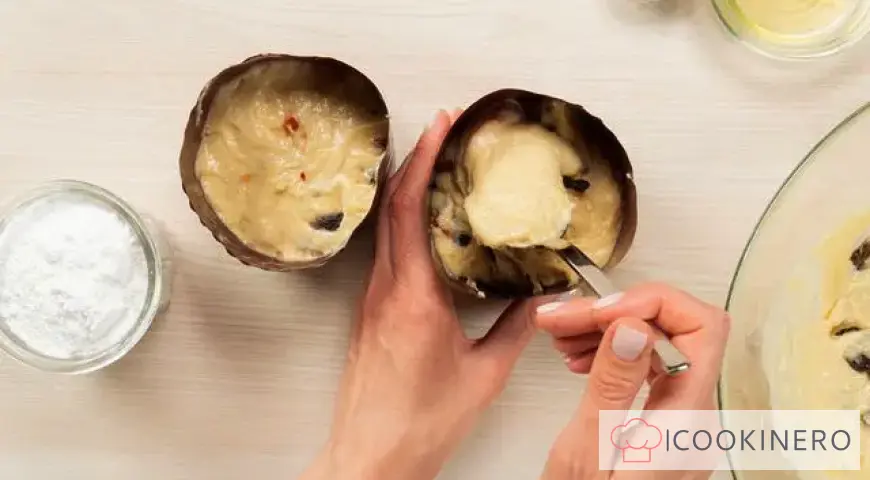
Place the dough into the moulds. Grease the baking moulds with butter, sprinkle with flour and shake off the excess. Carefully knead the dough, divide into pieces according to the number of baking moulds, form even balls and fill the moulds 1/3 full. Cover the moulds with film or a towel and leave to rise for 1 hour.
Step 9
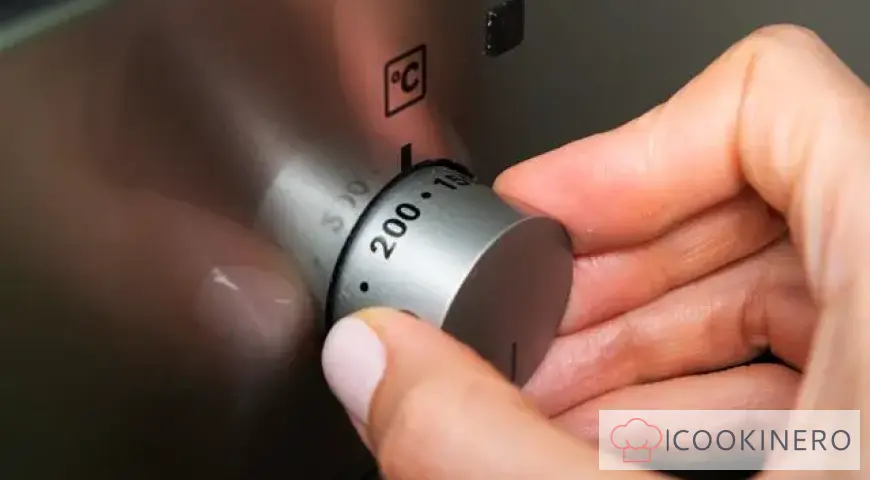
Bake the Easter cakes in the oven. Preheat the oven to 180 degrees. Place the Easter cake pans in the oven and bake for 20 minutes. Then reduce the temperature to 160 degrees, cover the top of the Easter cakes with foil or baking parchment and bake for another 40 minutes. Let the Easter cakes cool, covering them with a towel.
Step 10
While the cakes are cooling, prepare the glaze. Beat the cooled egg whites until fluffy, gradually adding powdered sugar. At the very end, add lemon juice and beat a little more. The finished glaze should have a white, shiny appearance, be smooth and dense.
Step 11
Decorate the Easter cakes. Cover the cooled Easter cakes with the prepared glaze and decorate with confectionery sprinkles.
Alexandrian Easter cake - FAQ About Ingredients, Baking Time and Storage
Reviews: 0
0 Overall ratingHave you already prepared this recipe? Tell what you think.
Write a review
Trending
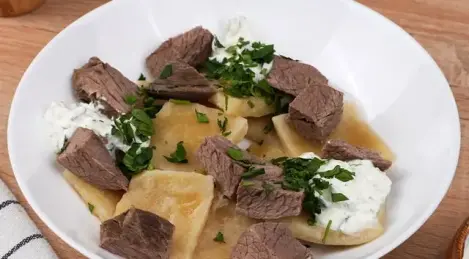
Khinkal in Dagestan style
Khinkal is a traditional Caucasian dish. It is often confused with such a famous Georgian dish as khinkali. And, although the set of products in both dishes is quite similar, they are nevertheless different. Traditionally, khinkal is prepared on the

Beef shurpa
Shulum, chorpa, shorpo, sorpa... In different countries, shurpa is called by different names, but it looks about the same everywhere: a rich soup with meat and vegetables. Various herbs and spices can be added to it, or it can be made on the basis of
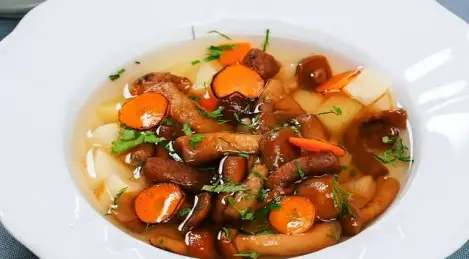
Honey mushroom soup
Frozen honey mushrooms allow you to enjoy the taste and aroma of mushroom soup even in winter. There are many recipes with honey mushrooms and other frozen or dried mushrooms in traditional Russian cuisine. But soup with honey mushrooms, frozen whole

